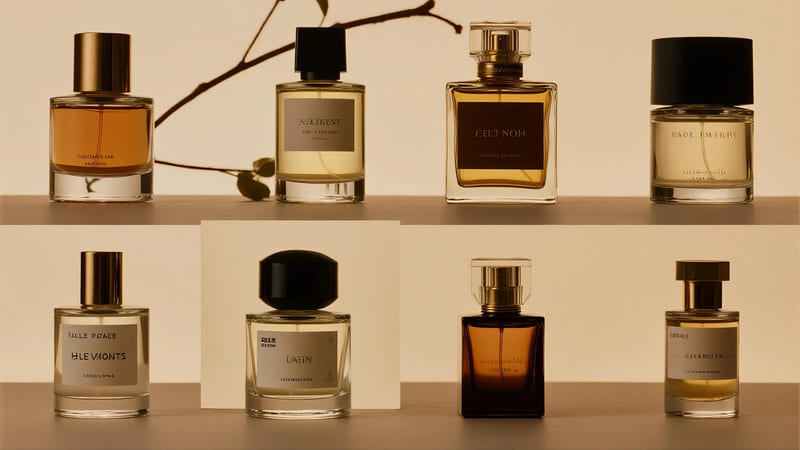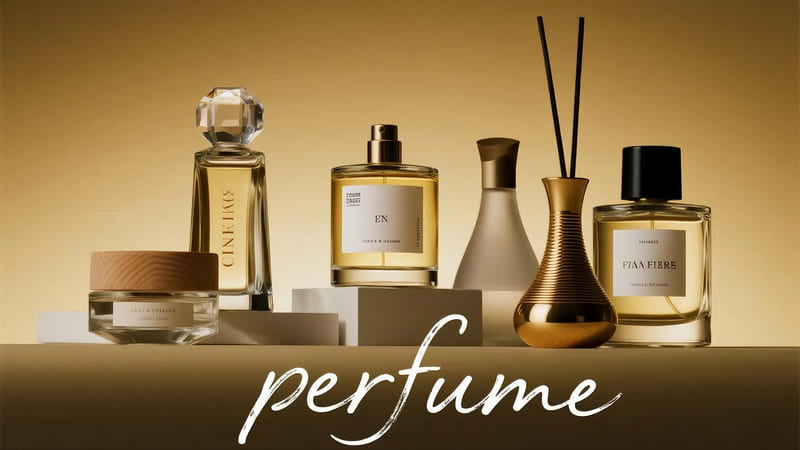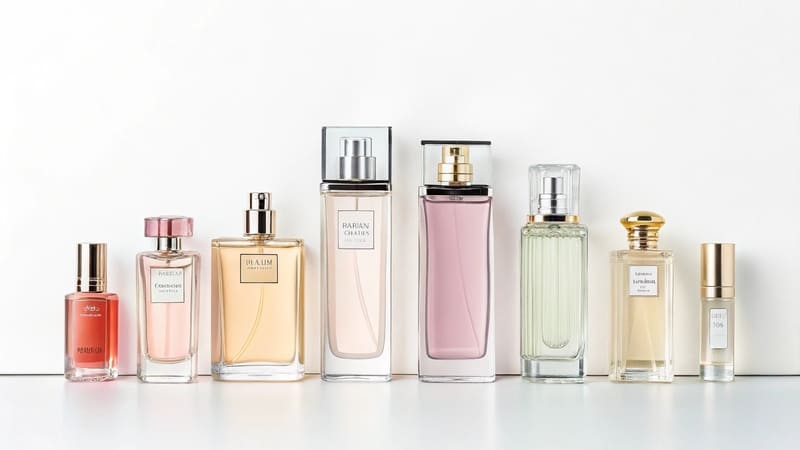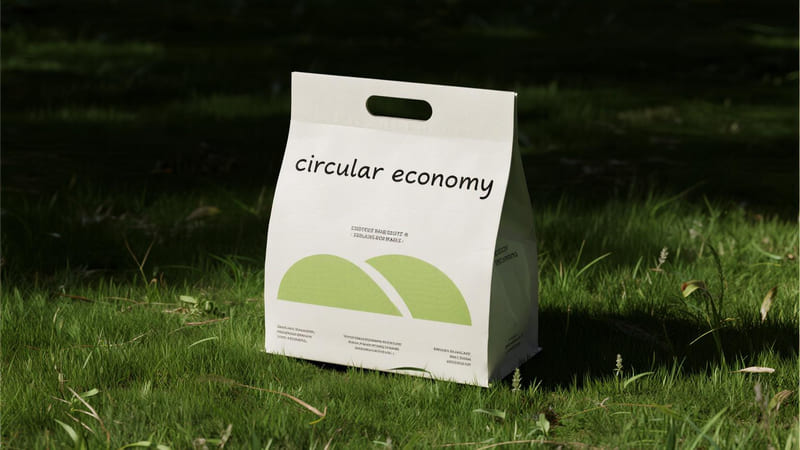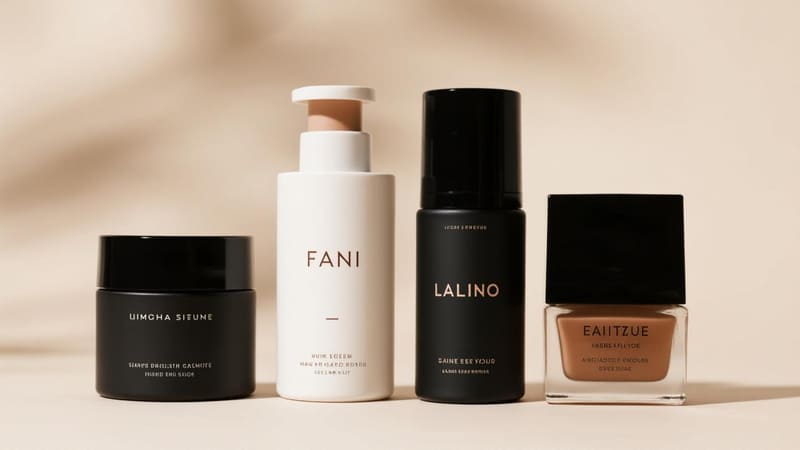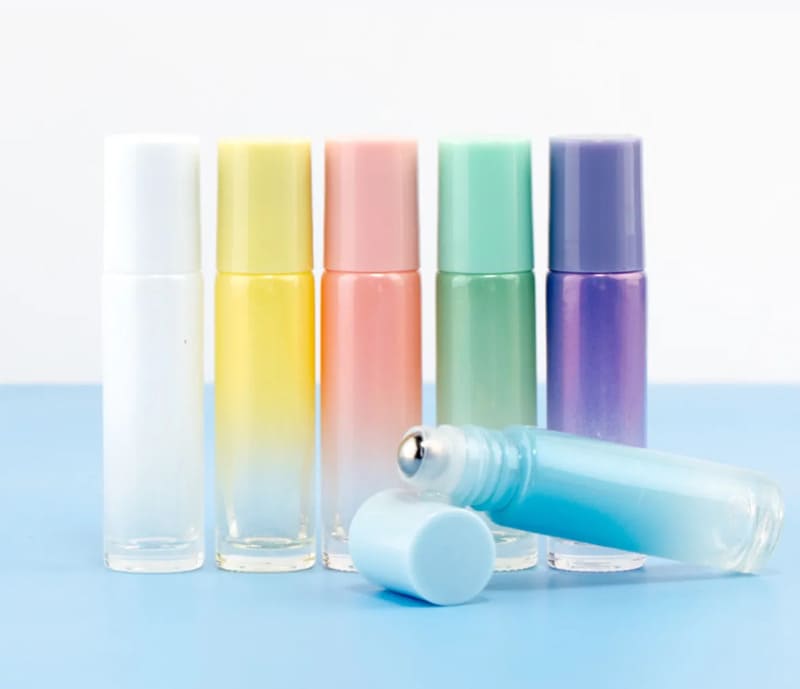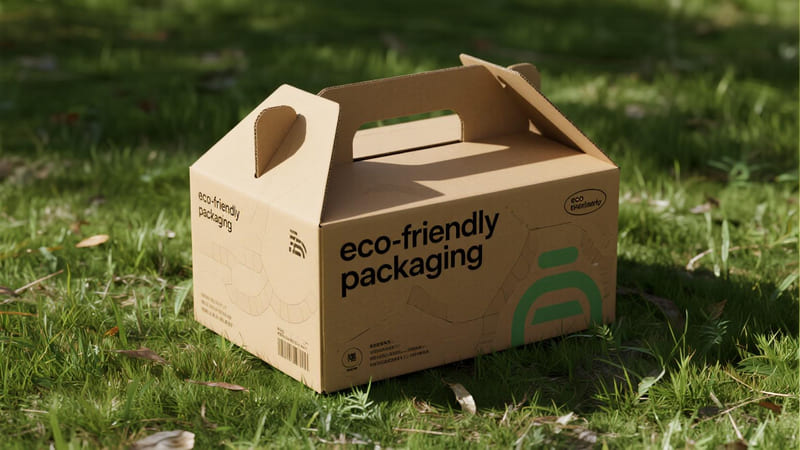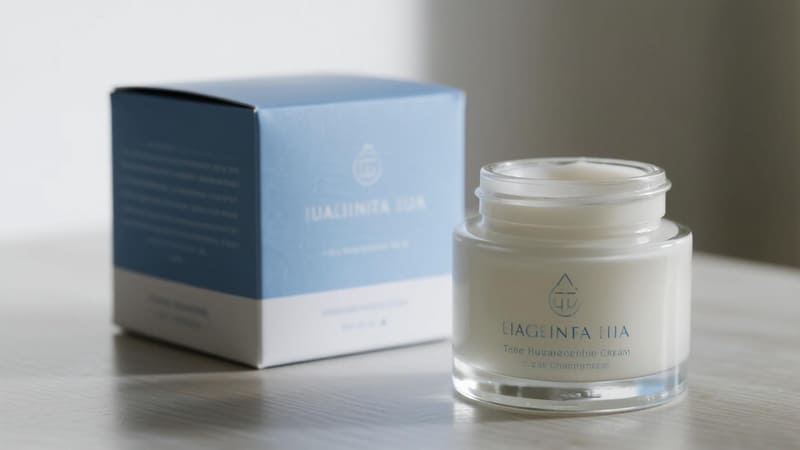A perfume bottle is more than just a container; it’s a vessel of art, a statement of style, and the first visual introduction to the fragrance it holds. From sleek, minimalist designs to ornate, sculptural masterpieces, the variety is vast. Understanding the different types can enhance your appreciation for the craft and help you navigate the world of fragrance.
The main types of perfume bottles are categorized by their dispensing mechanism (atomizers/sprays, dabbers/splash bottles, rollerballs), their material (glass, crystal, metal, plastic), their capacity (samples, travel sizes, standard retail sizes), and their design era or style (Art Deco, Art Nouveau, modern, minimalist). Each type offers a unique aesthetic and functional experience.
As a global packaging manufacturer with ShineTop for over two decades, I’ve had the privilege of producing countless custom glass and metal components for perfume brands. This experience has given me a deep appreciation for the artistry and engineering behind these beautiful objects. Let’s explore the different types of perfume bottles.
Types of Perfume Bottles by Dispensing Mechanism
How you apply a fragrance is a key part of the experience. The dispensing mechanism is a fundamental way to classify perfume bottles.
The most common types of perfume bottles by dispenser are atomizers (spray bottles), which provide a fine mist; dabber or splash bottles, which allow for direct application to the skin; and rollerballs, which use a rolling ball to apply the oil or perfume.
1. Atomizers (Spray Bottles)
- Description: This is the most common type of modern perfume bottle. It uses a pump mechanism connected to a dip tube to draw the fragrance up and force it through a nozzle, creating a fine mist.
- Pros: Provides even, wide distribution of the scent. The sealed system protects the perfume from air exposure and contamination, preserving its integrity for longer. It’s hygienic as you don’t touch the liquid.
- Best For: Everyday use, applying fragrance to clothes and hair, modern Eau de Parfums and Eau de Toilettes.
- Variations: Standard pump sprays, bulb atomizers (the vintage-style rubber bulb on the side, less common now due to evaporation issues).
2. Dabber / Splash Bottles (Flacons)
- Description: These bottles do not have a spray mechanism. They are sealed with a stopper (often glass or plastic) or a screw cap. The fragrance is applied by dabbing the stopper directly onto the skin or by "splashing" a small amount into your hand.
- Pros: Allows for a more intimate and precise application to pulse points. Often used for more concentrated forms of fragrance like pure Parfum or Extrait. The bottles themselves can be very ornate and collectible.
- Cons: The fragrance is exposed to air and skin contact each time it’s opened, which can alter it over time. Risk of spillage.
- Best For: Highly concentrated perfumes, perfume oils (attars), vintage fragrances, and collecting.
3. Rollerball Bottles
- Description: A small bottle (usually glass) with a rolling ball fitment (plastic, glass, or metal) that applies the fragrance directly to the skin as it glides.
- Pros: Very portable and travel-friendly, allows for precise, controlled application, no risk of spraying into the air.
- Cons: Like dabbers, the ball comes into contact with skin oils, which can potentially contaminate the fragrance over time.
- Best For: Travel sizes, perfume oils, targeted application to pulse points.
Types of Perfume Bottles by Material
The material of a perfume bottle is crucial for both protecting the fragrance and conveying the brand’s image.
Glass is the predominant material for perfume bottles due to its chemical inertness and premium feel. Other materials include crystal for ultra-luxury editions, metal (often aluminum) for travel atomizers or protective casings, and occasionally high-quality plastic for travel sizes or mass-market body mists.
1. Glass
- Why Used: The industry standard. Glass is inert, meaning it won’t react with the complex chemicals in the perfume, thus preserving the original scent. It also provides an excellent barrier against oxygen.
- Variations: Can be clear, colored, frosted, coated, or decorated in countless ways. Darker glass (amber, cobalt) can offer some UV protection.
- ShineTop Expertise: This is our core business. We manufacture high-quality glass bottles and offer extensive post-processing like coating, printing, and hot stamping.
2. Crystal
- Why Used: For ultimate luxury. Crystal has a higher lead content (or other metal oxides in lead-free crystal), which gives it greater clarity, brilliance, and weight than standard glass. It can be intricately cut to sparkle.
- Common Uses: Limited editions, collector’s items, and bottles from prestigious houses like Baccarat or Lalique.
- Note: Often much more expensive and heavier than glass.
3. Metal
- Why Used: For durability, light weight (aluminum), and a modern aesthetic. It also offers complete protection from light.
- Common Uses:
- Travel Atomizers: Refillable or pre-filled atomizers are often made of aluminum for its durability and light weight.
- Protective Casings: Some brands encase a glass bottle within a metal shell (e.g., some Creed or Montale fragrances).
- Caps & Components: Metal (aluminum, zamac) is very popular for high-quality, weighted caps and decorative collars. Mohammed, my client from Iraq, often specifies custom zamac caps for his luxury fragrance sets.
4. Plastic
- Why Used: Lightweight, shatterproof, and inexpensive.
- Common Uses: Generally avoided for fine fragrances due to potential chemical reactions and a less premium feel. However, it’s used for:
- Sample Vials: Small, disposable plastic vials.
- Travel Sizes: Some brands offer small, plastic travel-friendly versions.
- Body Mists & Sprays: Mass-market body sprays often come in plastic bottles.
- Note: If used, it must be a type of plastic (like PET) that has been tested for compatibility with the alcohol and oils in the fragrance.
Types of Perfume Bottles by Size & Capacity
Perfume is sold in a range of standardized volumes, each serving a different purpose for the consumer.
Common perfume bottle sizes include 1-2ml samples, 5-15ml miniatures and travel sprays, 30ml (1 fl oz), 50ml (1.7 fl oz), and 100ml (3.4 fl oz) standard retail sizes. Larger formats exist but are less common. The size often correlates with price and intended usage frequency.
- Samples (1-2ml): For trying a scent.
- Travel Sprays / Miniatures (5-15ml): For travel, collecting, or more thorough testing.
- Small Retail (30ml / 1 fl oz): Good for a new scent or less frequently used perfumes.
- Standard Retail (50ml / 1.7 fl oz): The most common "full size," offering a good balance of quantity and price.
- Large Retail (100ml / 3.4 fl oz): Best value per ml, ideal for a signature scent used daily.
Types of Perfume Bottles by Design Style & Era
Perfume bottle design is heavily influenced by art and design movements, making many bottles collectible artifacts of their time.
Perfume bottles can be classified by design styles such as Art Nouveau (organic, flowing lines), Art Deco (geometric, bold), Mid-Century Modern (clean, functional), Minimalist (simple, understated), and Postmodern/Artistic (sculptural, unconventional).
1. Art Nouveau (c. 1890-1910)
- Characteristics: Inspired by nature, featuring sinuous, flowing lines, floral and insect motifs, and often incorporating materials like silver overlay and enamel.
- Example: Early bottles for Houbigant or Piver with elaborate floral designs.
2. Art Deco (c. 1920-1939)
- Characteristics: Geometric shapes, stepped forms (ziggurats), bold colors, symmetry, and a sense of streamlined modernity.
- Example: The original Chanel No. 5 bottle, Lanvin’s "Arpège" boule noire (black ball).
3. Mid-Century Modern (c. 1940s-1960s)
- Characteristics: Often simpler, more functional forms, but still elegant. Can feature clean lines or soft, organic curves.
- Example: Many classic Dior or Estée Lauder bottles from this era.
4. Minimalist (c. 1990s-Present)
- Characteristics: "Less is more." Simple geometric shapes (cylinders, rectangles), clean typography, often clear glass with a focus on the liquid inside.
- Example: Many fragrances from brands like Calvin Klein (e.g., CK One), Byredo, or Le Labo.
5. Sculptural & Artistic (Contemporary)
- Characteristics: The bottle as a work of art. Unconventional shapes, figural designs, and innovative use of materials.
- Example: Carolina Herrera’s "Good Girl" (stiletto heel), Jean Paul Gaultier’s "Classique" (torso), or many niche/artistic perfume brand bottles.
As a manufacturer, ShineTop has the capability to produce a wide range of these styles, from sleek minimalist cylinders to complex custom-molded sculptural shapes, helping brands like Anna’s in Thailand (who prefers minimalist designs) and Mohammed’s clients (who often seek more ornate, luxurious styles) bring their unique visions to life.
Conclusion
The world of perfume bottles is a rich tapestry of form, function, and artistry. From the practical choice of a spray atomizer versus a traditional dabber, to the material selection that conveys luxury and protects the scent, to the design style that tells a story of its era, each element is carefully considered. Understanding these different types not only deepens one’s appreciation for the craft of perfumery but also empowers consumers and brands to make choices that perfectly suit their needs and aesthetic sensibilities.

